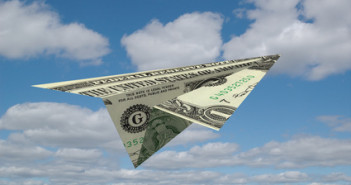The US Consumer Price Index dropped by 0.2%, more than 0.1% that was expected. On the other hand, Core CPI, which is closely watched by the Fed, surprised with a 0.3% rise for a second month in a row. With Core CPI rising, and no deflation in the horizon, the chances of QE3 are lower.
EUR/USD is reacting with a drop, still limited, as the stress tests are awaiting the pair. GBP/USD is lower. USD/JPY and USD/CHF are marginally higher.
US inflation figures are reflecting what the Federal Reserve has stated in the recent press conference. First, the drop in headline CPI is due to the sharp decline in gasoline prices, according to the to the BLS report. 
Bernanke said that this rise, and the effects from the Japanese earthquake, are transitory, and that the economy will eventually gain pace. A pickup in the economy is still to be seen, but a drop in commodity prices was felt in America, at least in June.
What the Fed really cares about is Core CPI, or what is referred to as “second round effects†in Europe. Here, prices are on the rise. Looking at the big picture, Core CPI has rose by 1.6% in the past 12 months according to the report:
The change in the index for all items less food and energy edged up to 1.6 percent, its highest level since January 2010.
In his recent comments defending QE2, Bernanke said that the situation is now better, and that the Fed prevented the US from falling into deflation.
The options are all on the table, and this includes QE3. The key to QE3 according to the Fed, is a threat of deflation.
We just got away from this threat, once again. So, with regard to the chances of QE3, the dollar has room to rise.
Further reading: Captain Ben can handle the debt ceiling.



